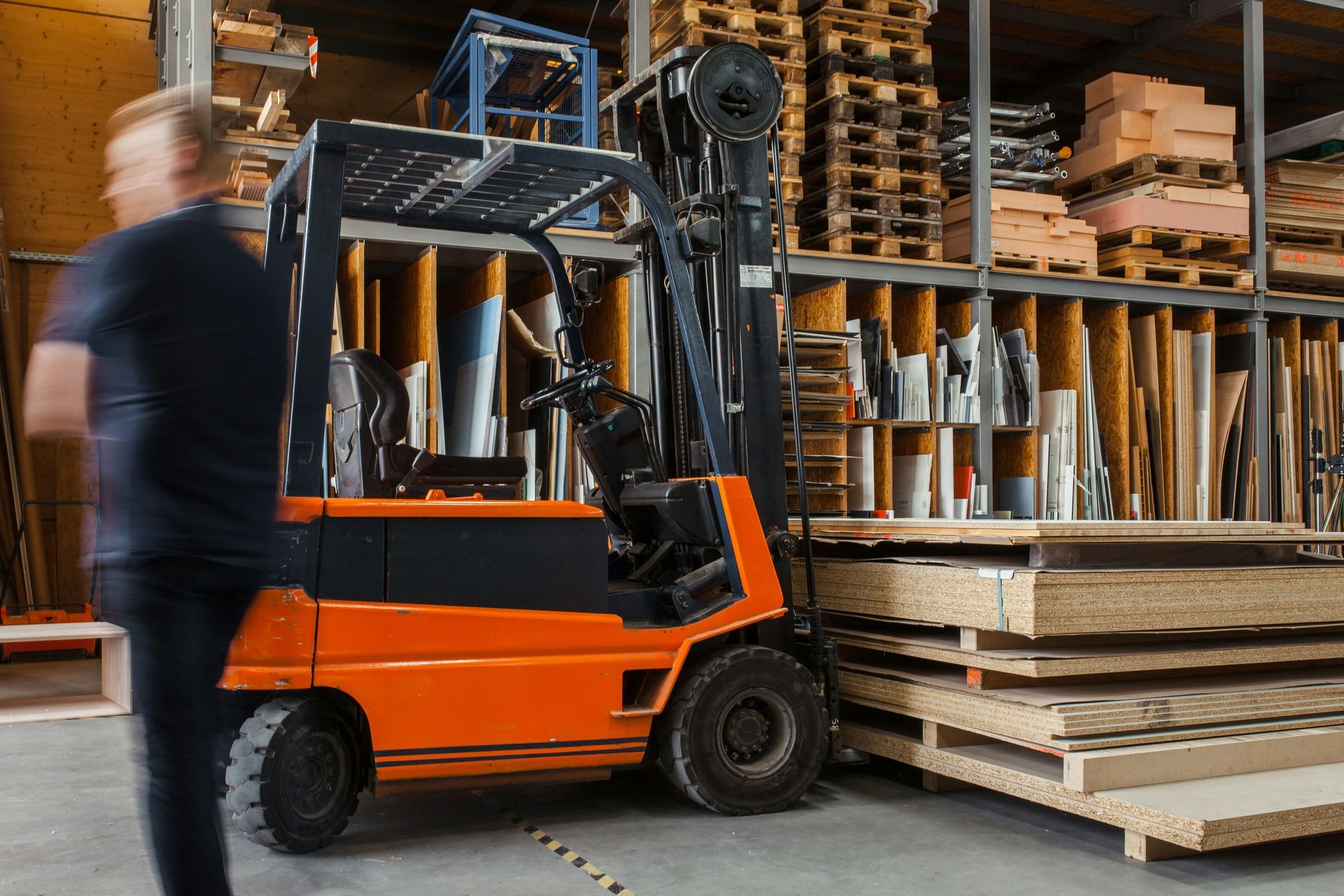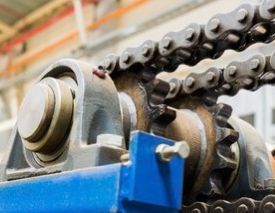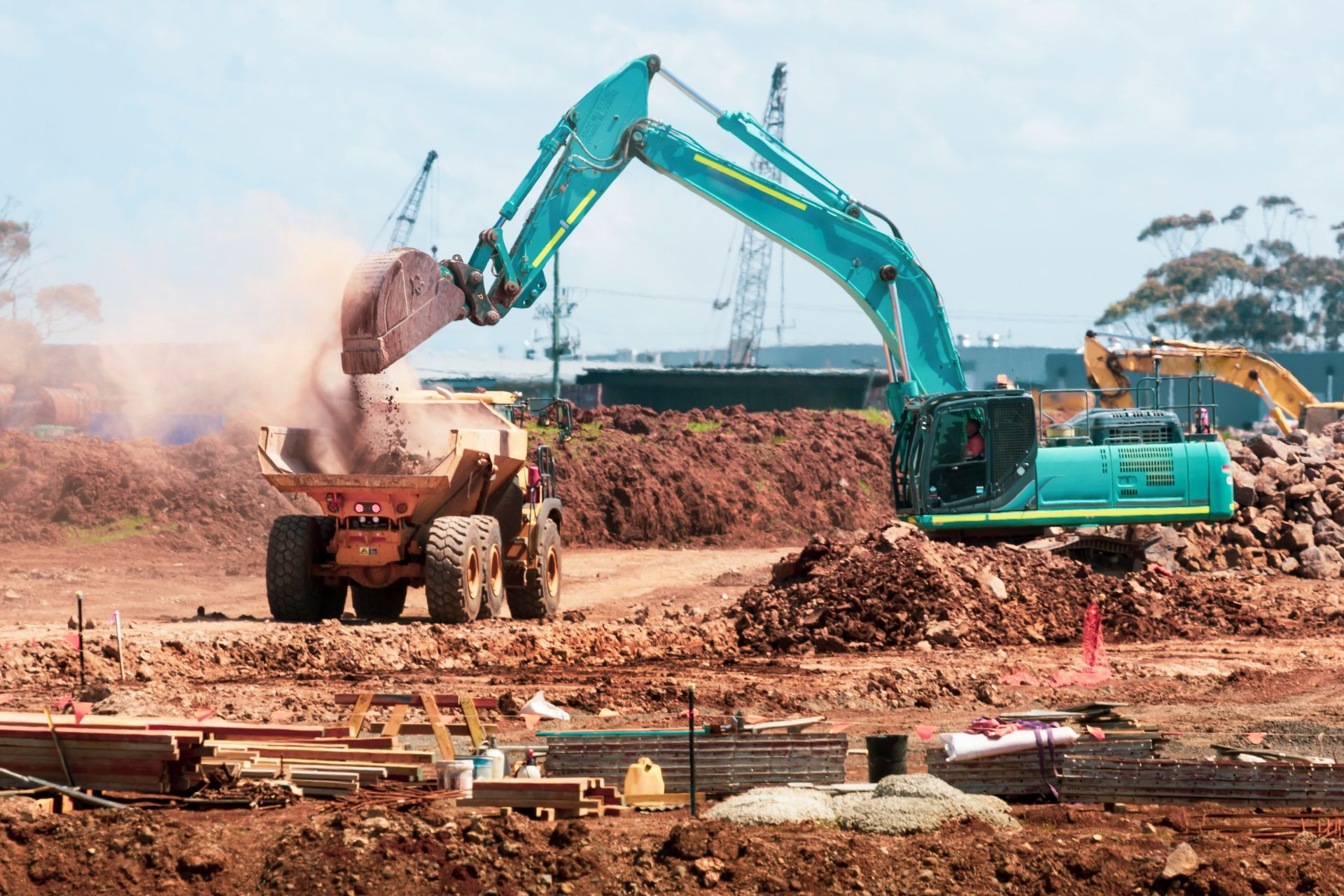Toll Free: (866) 215-0651
Local: (657) 900-2066
Material Handling: The Rise of Robotics in the Warehouse
In the ever-evolving landscape of industrial operations, one trend stands out prominently: the rise of robotics in material handling. From warehouses to distribution centers, factories to fulfillment centers, robots are increasingly becoming indispensable in streamlining processes, enhancing efficiency, and meeting the demands of modern logistics. In this blog, we delve into the fascinating realm of robotics in material handling, exploring the different types of robots used, their functions, advantages, and potential challenges.
The Evolution of Robotics in Material Handling
Gone are the days when material handling relied solely on manual labor and traditional machinery. Today, robots are assuming pivotal roles in various aspects of material handling, from transportation and sorting to packing and palletizing. Two prominent categories stand out among the diverse array of robots deployed in these tasks: Automated Guided Vehicles (AGVs) and robotic arms.
Automated Guided Vehicles (AGVs)
AGVs are autonomous vehicles guided by predefined routes or markers, typically used for transporting materials within a facility. These vehicles precisely navigate the workspace, carrying loads ranging from small components to heavy pallets. Equipped with sensors and advanced navigation systems, AGVs ensure efficient and safe transportation while minimizing human intervention.
AGVs' versatility extends across multiple industries, including manufacturing, e-commerce, and automotive. They are crucial in optimizing material flow, reducing cycle times, and enhancing productivity. From forklift AGVs for pallet handling to tugger AGVs for material transport, these robotic vehicles are revolutionizing intra-logistics operations.
Robotic Arms
Robotic arms, also known as industrial robots, are adept at performing various material-handling tasks with unparalleled precision and speed. These versatile machines come in multiple configurations, including articulated, Cartesian, delta, and SCARA robots, each tailored to specific applications.
In material handling, robotic arms excel in picking, packing, sorting, and palletizing tasks. Equipped with grippers, vision systems, and sophisticated algorithms, they can easily handle diverse shapes, sizes, and weights of objects. Whether loading/unloading conveyor belts, assembling products, or stacking goods onto pallets, robotic arms enhance efficiency and accuracy while reducing labor costs.
Advantages of Robotics in Material Handling
Integrating robots in material handling processes offers many advantages, driving efficiency, reliability, and competitiveness in today's fast-paced business environment.
Increased Accuracy
Robots are renowned for their precision and repeatability, ensuring consistent performance in material handling tasks. They enhance product quality, reduce rework, and optimize inventory management by minimizing errors and deviations. Whether picking individual items from shelves or stacking products in a precise configuration, robots maintain accuracy across operations.
24/7 Operation
Unlike human workers, robots are not bound by fatigue, breaks, or shift schedules. With the capability for continuous operation, they ensure round-the-clock productivity, maximizing throughput and minimizing idle time. This 24/7 availability is advantageous in industries with high-demand cycles or time-sensitive operations, such as e-commerce fulfillment centers and perishable goods distribution.
Enhanced Safety
Robots contribute to a safer work environment by assuming hazardous or physically strenuous tasks that pose risks to human workers. Handling heavy loads, operating in confined spaces, or navigating hazardous environments reduces the likelihood of accidents and workplace injuries. Additionally, robots can be equipped with sensors and safety features to detect obstacles, prevent collisions, and ensure compliance with safety regulations.
Challenges in Adopting Robotics
While robotics' benefits in material handling are compelling, organizations face certain challenges in adopting and integrating these technologies.
Integration with Existing Systems
Integrating robotic solutions into existing workflows and systems can be complex and require careful planning. Compatibility issues, software integration, and process redesign may pose challenges during implementation. Moreover, organizations must ensure seamless communication between robots, control systems, and other equipment to optimize efficiency and minimize disruptions.
High Upfront Costs
The initial investment required for acquiring and deploying robotic systems can be significant, encompassing hardware, software, infrastructure modifications, and training costs. While the long-term benefits often justify these upfront costs through increased productivity and cost savings, organizations must carefully evaluate the ROI and financial implications of robotics adoption.
Workforce Adaptation
Introducing robots in material handling may raise concerns among the workforce regarding job displacement or changes in job roles. It's essential for organizations to proactively address these concerns through education, training, and workforce development initiatives. Organizations can harness the full potential of human-robot collaboration by upskilling employees to collaborate with robots and focus on higher-value tasks.
The rise of robotics in material handling represents a transformative shift in how we perceive and execute industrial operations. From streamlining processes and enhancing efficiency to ensuring safety and scalability, robots are reshaping the future of logistics and supply chain management. Organizations can navigate the journey toward a more automated, agile, and competitive future by understanding the diverse types of robots and their functions, advantages, and challenges. As we embrace the era of robotics in material handling, the possibilities for innovation and optimization are boundless.











Share On: